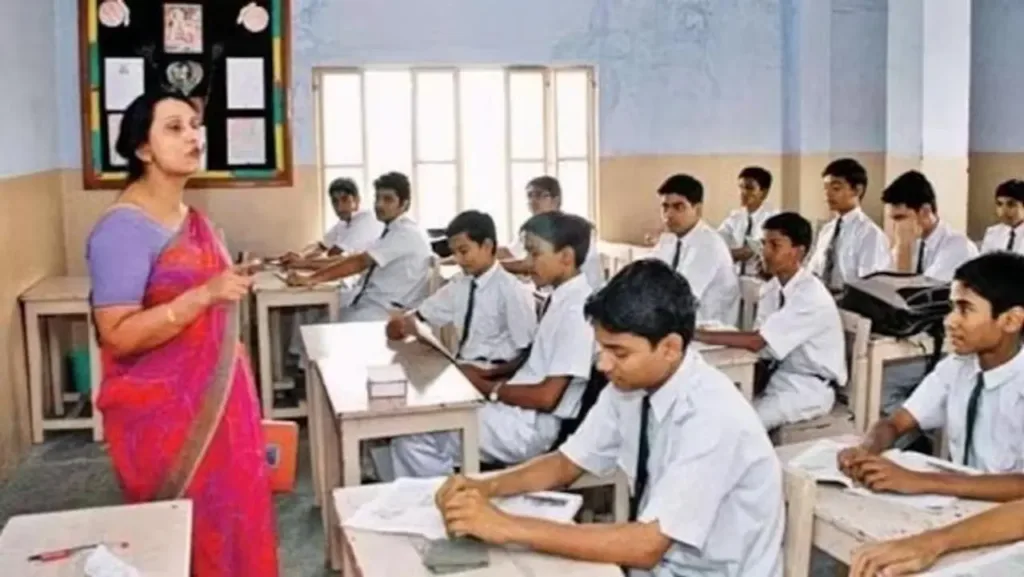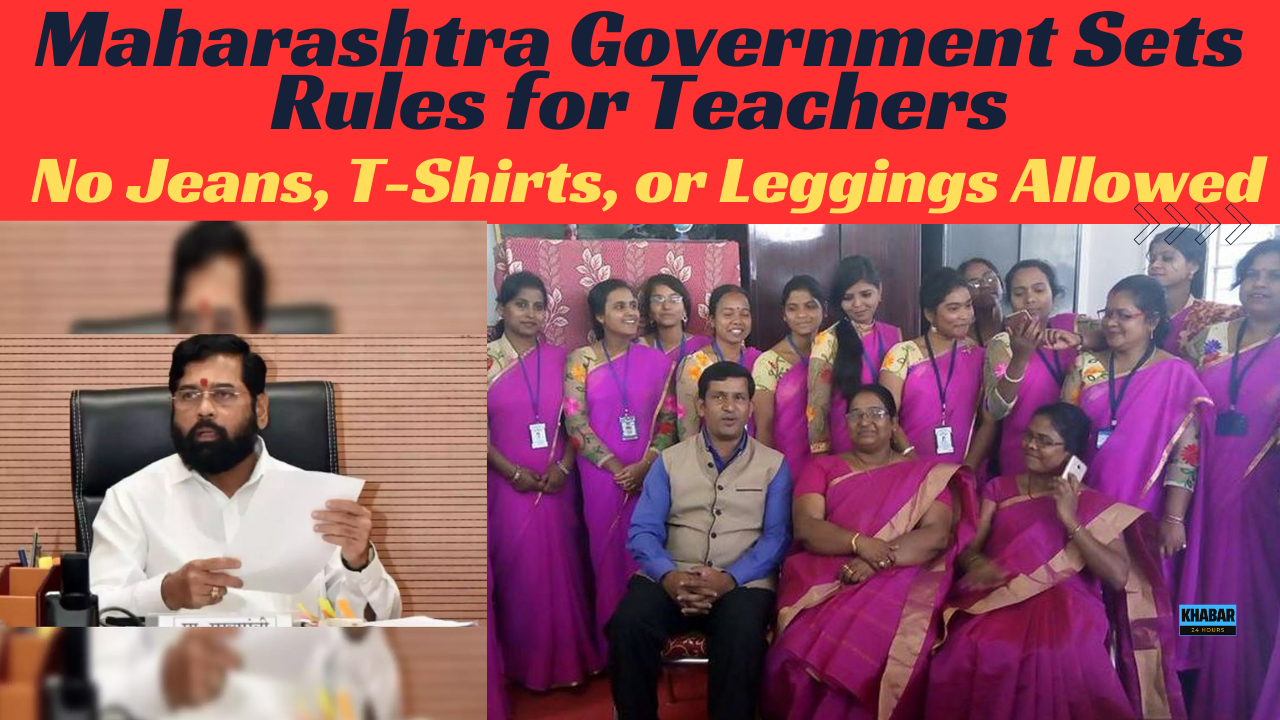The Maharashtra government has enforced a dress policy for school teachers, prohibiting the wearing of jeans, t-shirts, and leggings. Female teachers are required to dress in either salwar suits or sarees.

Introduction: The Maharashtra government has recently introduced a new dress code for school teachers across the state, aiming to standardize their attire and maintain a sense of professionalism in educational institutions. This move comes as part of the government’s efforts to uphold certain norms and decorum in the academic environment.
Details of the Dress Code: Under the new guidelines, teachers are prohibited from wearing casual attire such as jeans, t-shirts, and leggings during school hours. Instead, they are required to adhere to a more formal dress code that reflects professionalism and sets a positive example for students.
For female teachers, the prescribed attire includes salwar suits or sarees, reflecting traditional Indian clothing choices. This requirement aims to instill cultural values while maintaining a sense of dignity and respect in the educational setting.
Implications and Rationale: The implementation of this dress code reflects the government’s commitment to promoting discipline and decorum within schools. By establishing clear guidelines on appropriate attire, authorities seek to create a conducive learning environment that fosters respect and professionalism among teachers and students alike.
ALSO READ : Live Coverage of Haryana Floor Test: Newly appointed Chief Minister Nayab Saini undergoes floor test.
Furthermore, the decision to ban certain types of clothing such as jeans, t-shirts, and leggings is driven by the desire to uphold standards of modesty and propriety. These garments, often associated with casual wear, may be deemed unsuitable for the educational setting, where a more formal appearance is expected.
Challenges and Responses: While the introduction of a dress code may receive support from some quarters, it is not without its challenges. Critics argue that such regulations may infringe upon individual freedom and expression. Additionally, enforcing the dress code across a diverse array of educational institutions may pose logistical challenges for authorities.
In response to these concerns, the government emphasizes the importance of maintaining a professional atmosphere within schools. By setting clear expectations regarding attire, they aim to create a sense of unity and coherence among teachers, fostering a collective commitment to academic excellence and moral values.
ALSO READ : Petrol and diesel prices have been slashed by ₹2 per litre just before the Lok Sabha elections.
Conclusion: The Maharashtra government’s decision to implement a dress code for school teachers marks a significant step towards promoting discipline and professionalism in educational institutions. While the move may face some resistance, its underlying objective of creating a conducive learning environment underscores the government’s commitment to quality education and moral values. As teachers adapt to these new guidelines, they play a pivotal role in shaping the culture and ethos of schools, contributing to the holistic development of students across the state.


